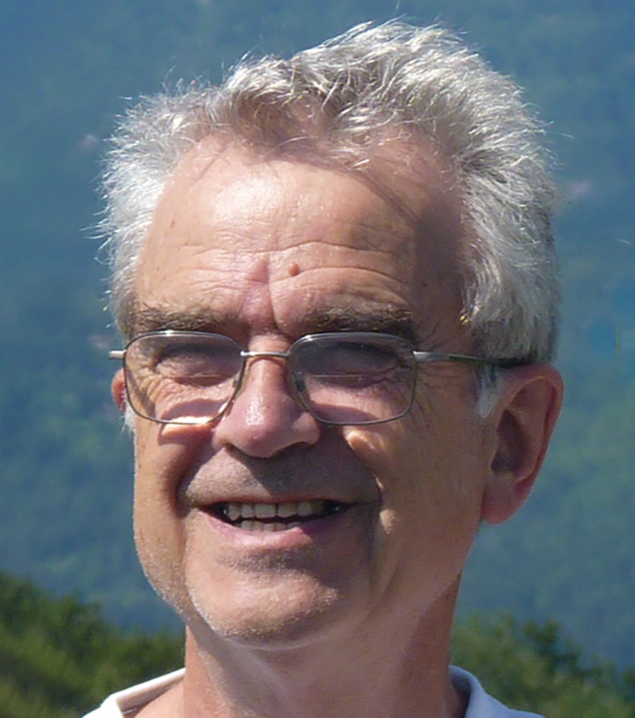
When theorist Richard “Dick” Roberts began his career in the 1960s, the strong force was largely mysterious. Today, with the advent of quantum chromodynamics (QCD), we understand the detailed quark and gluon sub-structure of protons and even atomic nuclei. This development is due in no small part to the work that Roberts performed with his collaborators Alan Martin, James Stirling and, latterly, Robert Thorne.
The eponymous MRS and MRST collaborations analysed inelastic data on hadrons for more than three decades, extracting with ever higher precision the structure functions and thereby the momentum distributions of quarks and gluons in the proton. The MRS(T) distribution functions became a staple of particle physics and key to much of the planning for experiments at the LHC, and the subsequent analyses that led to the discovery of the Higgs boson.
Dick Roberts was born in North Wales, UK in 1940. He studied mathematics at King’s College, London, and won the Drew medal for achieving the highest mathematics degree in the whole of the University of London. He went on to complete a PhD at Imperial College, followed by research at Durham, CERN and UC San Diego, and then, in 1971, the Rutherford High Energy Laboratory (today the Rutherford Appleton Laboratory) near Oxford, where he remained until his retirement in 2000.
Throughout his career, he specialised in the theory and phenomenology of the strong interaction. The 1960s were the days of Regge theory and, while at CERN, he started working on the related Veneziano model and ideas about duality, which he subsequently developed, mainly with Hong-Mo Chan and D P Roy. Towards the end of the 1970s, with the discovery of the J/ψ, he became one of the first to apply the then novel ideas of QCD to the analysis of structure functions. With increasing precision, the MRS team extracted the parton distributions, which soon became a standard tool for experimental analysis and interpretation of data. He also made important contributions to understanding the EMC effect – where the distributions of quarks in atomic nuclei are subtly evolved in momentum space relative to what is found for quarks in free nucleons – and to the proton spin puzzle of the 1980s. His pedagogic understanding of QCD was to shine in his 1990 textbook Structure of the Proton (Cambridge University Press).
During the 1990s Dick was quick to develop the phenomenological implications of supersymmetric grand-unified theories that might be tested by the LHC. He also tackled the mystery of the origin of quark mass structure in work that has stimulated much of the ongoing activity in this area.
His retirement from research after 2000 soon led to another career, which revealed his talent for teaching. For the past 15 years he tutored first-year students at Oxford University’s Exeter College, and continued teaching until the university was closed by the COVID-19 pandemic in March 2020.
Quiet, unassuming but extremely effective, he was the powerhouse behind the scenes in many of his collaborations. Dick loved opera, piano playing, poetry, teaching, reading, sport, gardening and physics. He had a spark of good humour, a gentleness of spirit, and a warmth without parallel.








